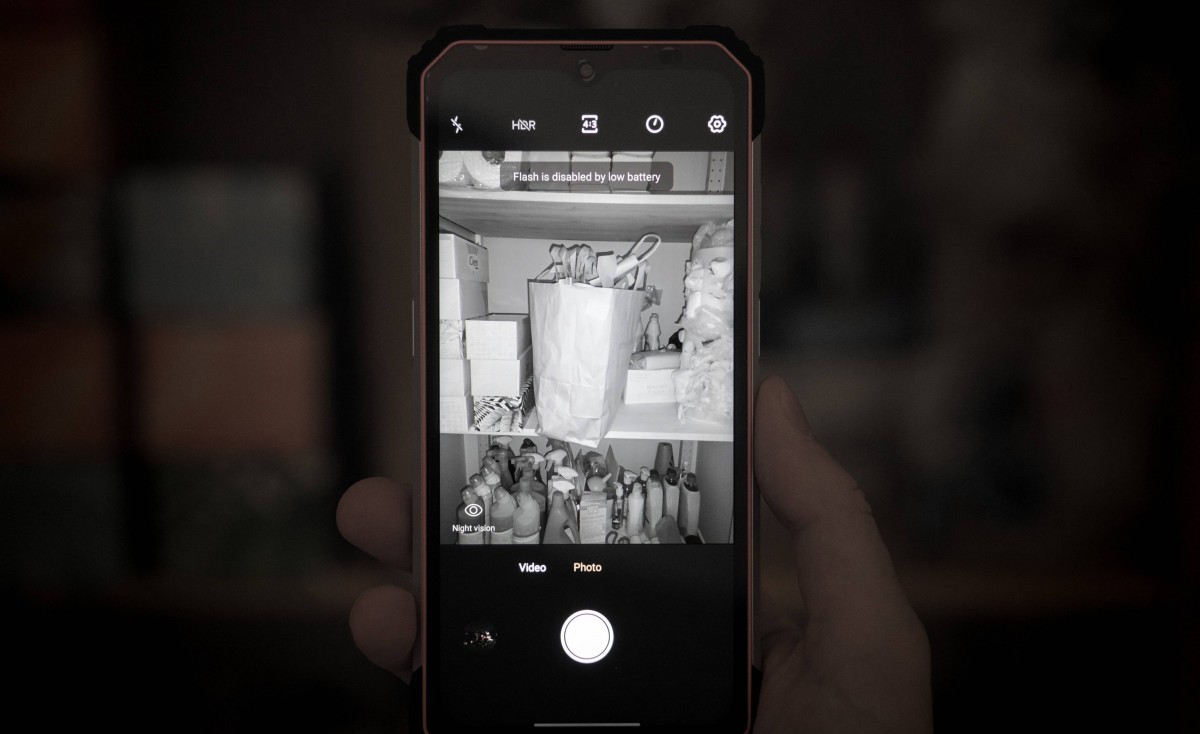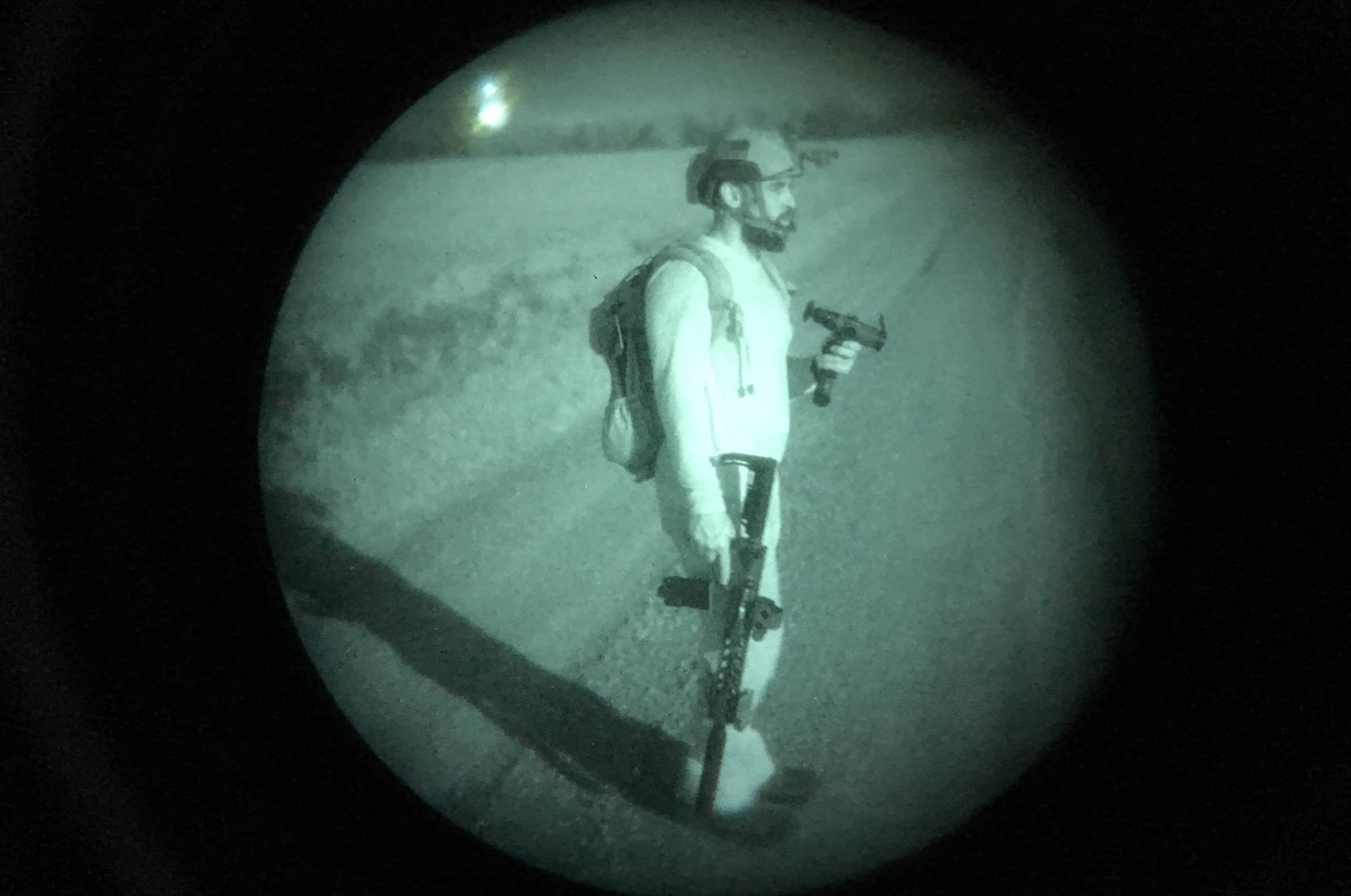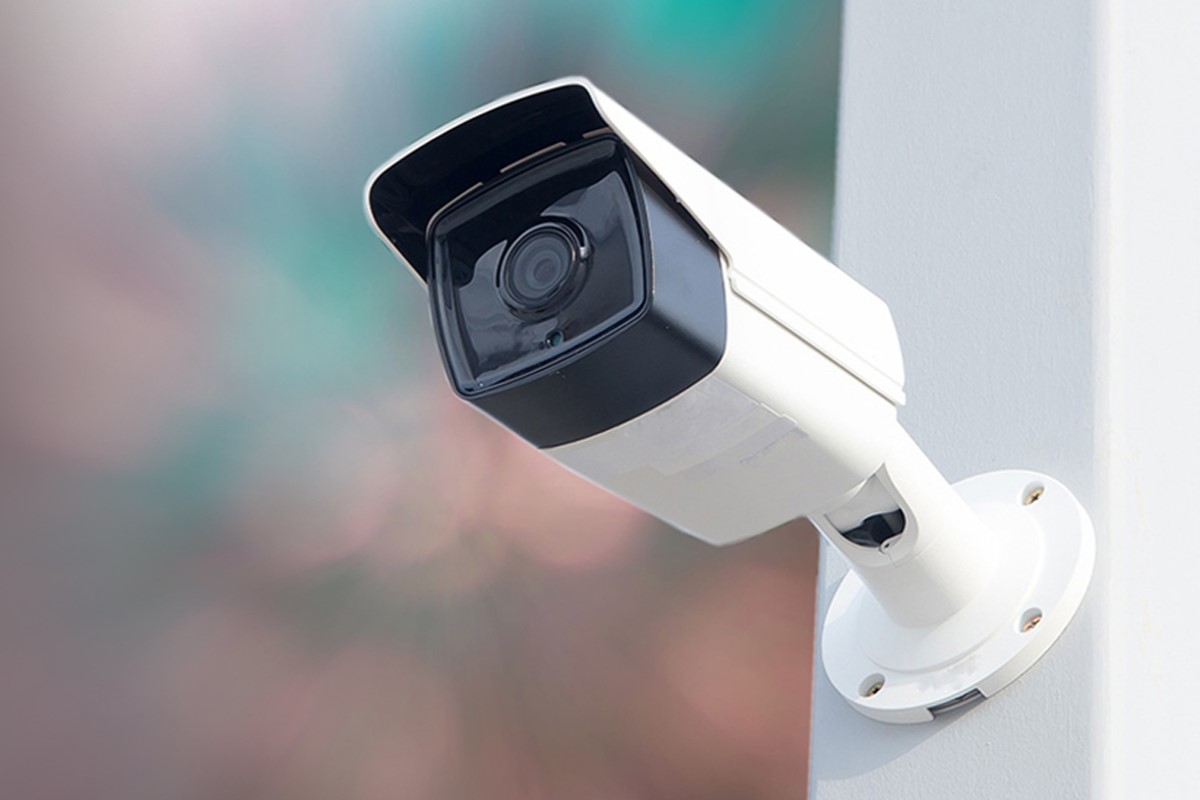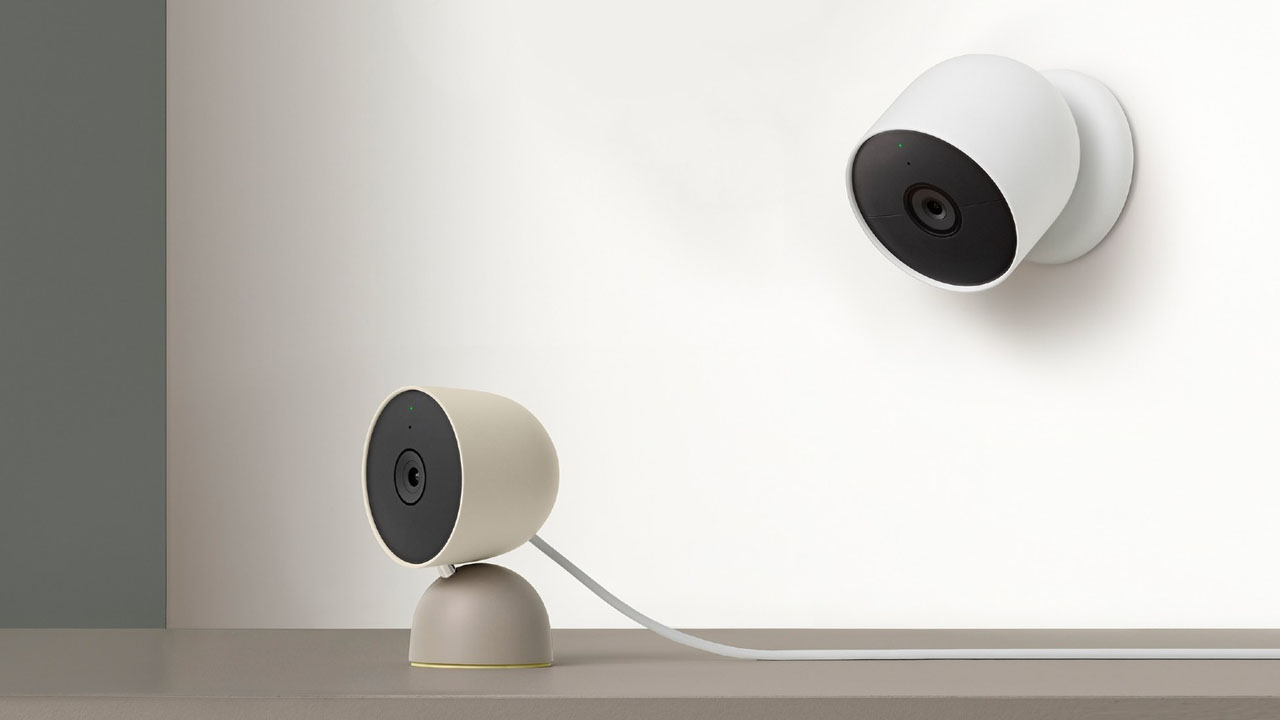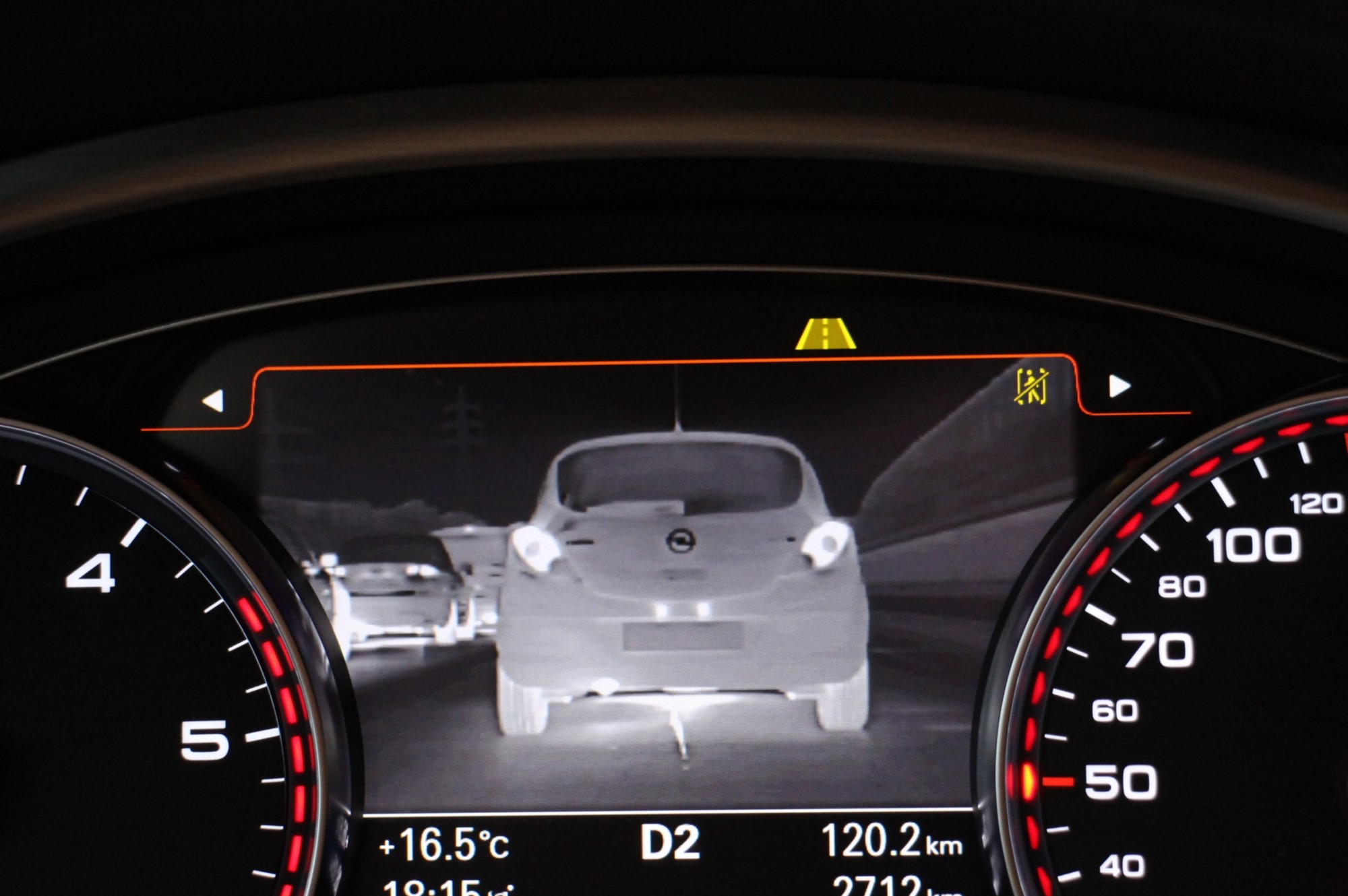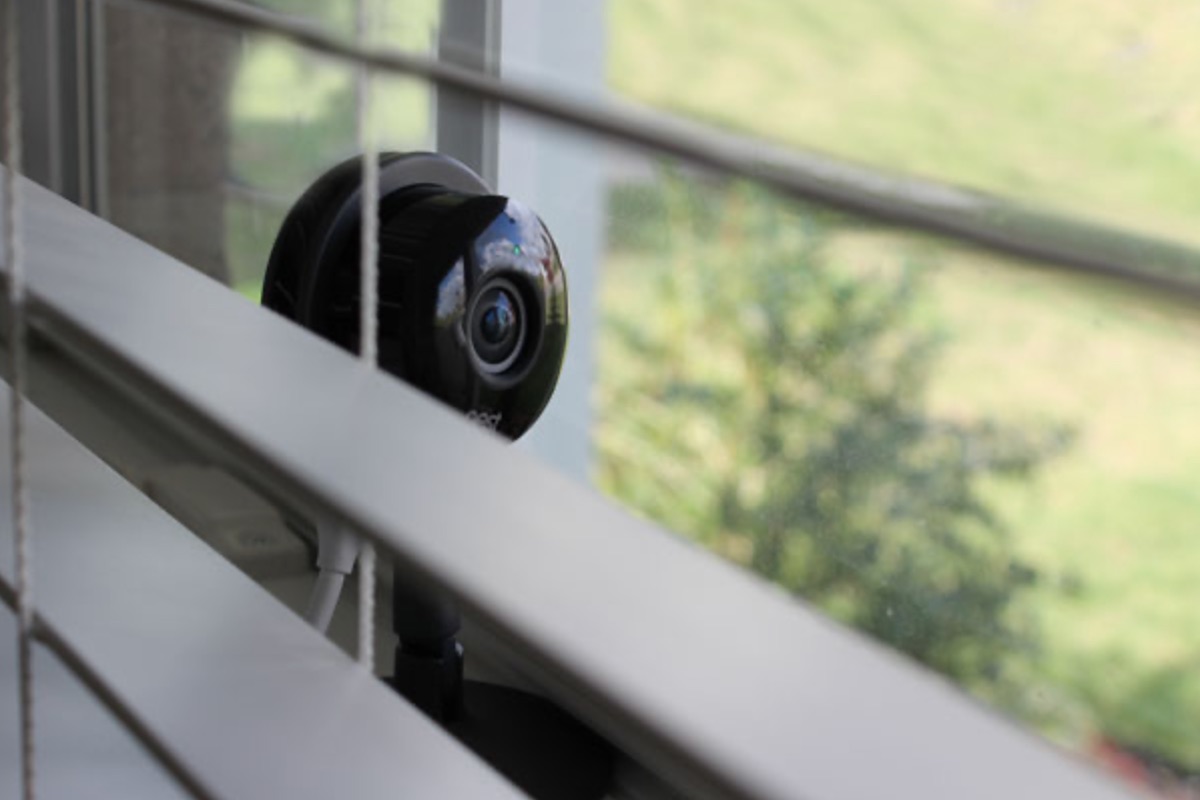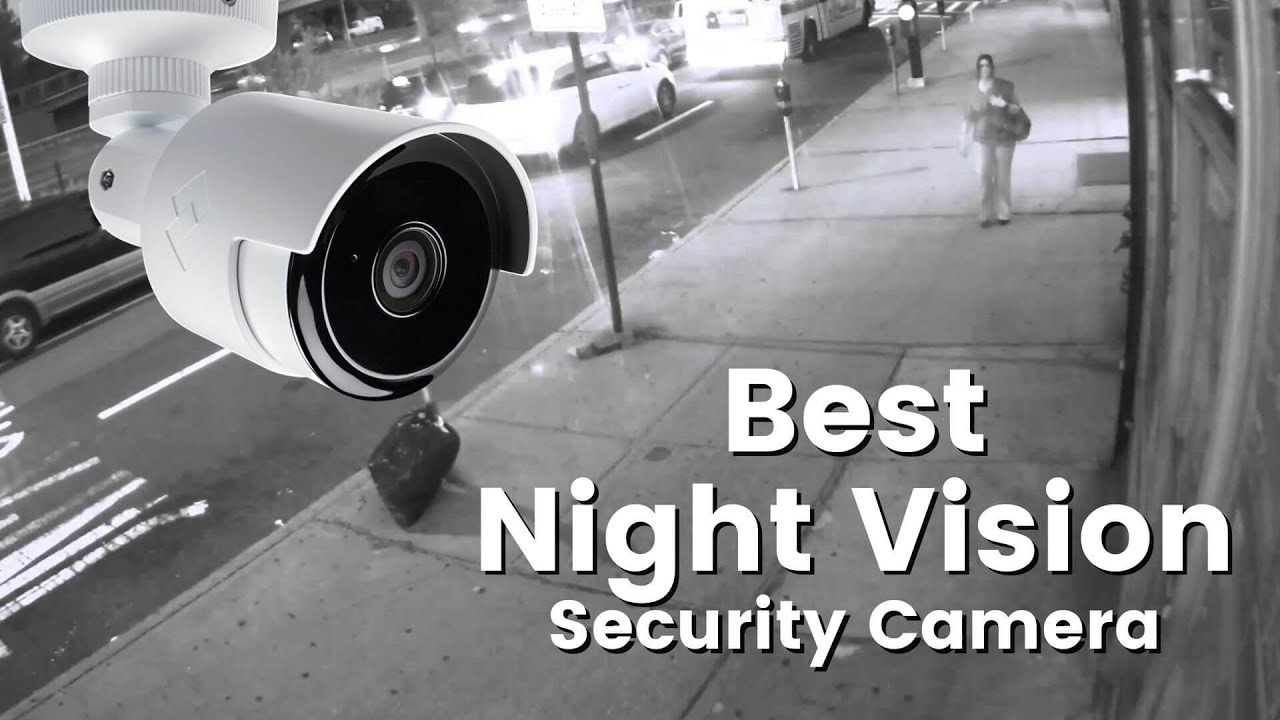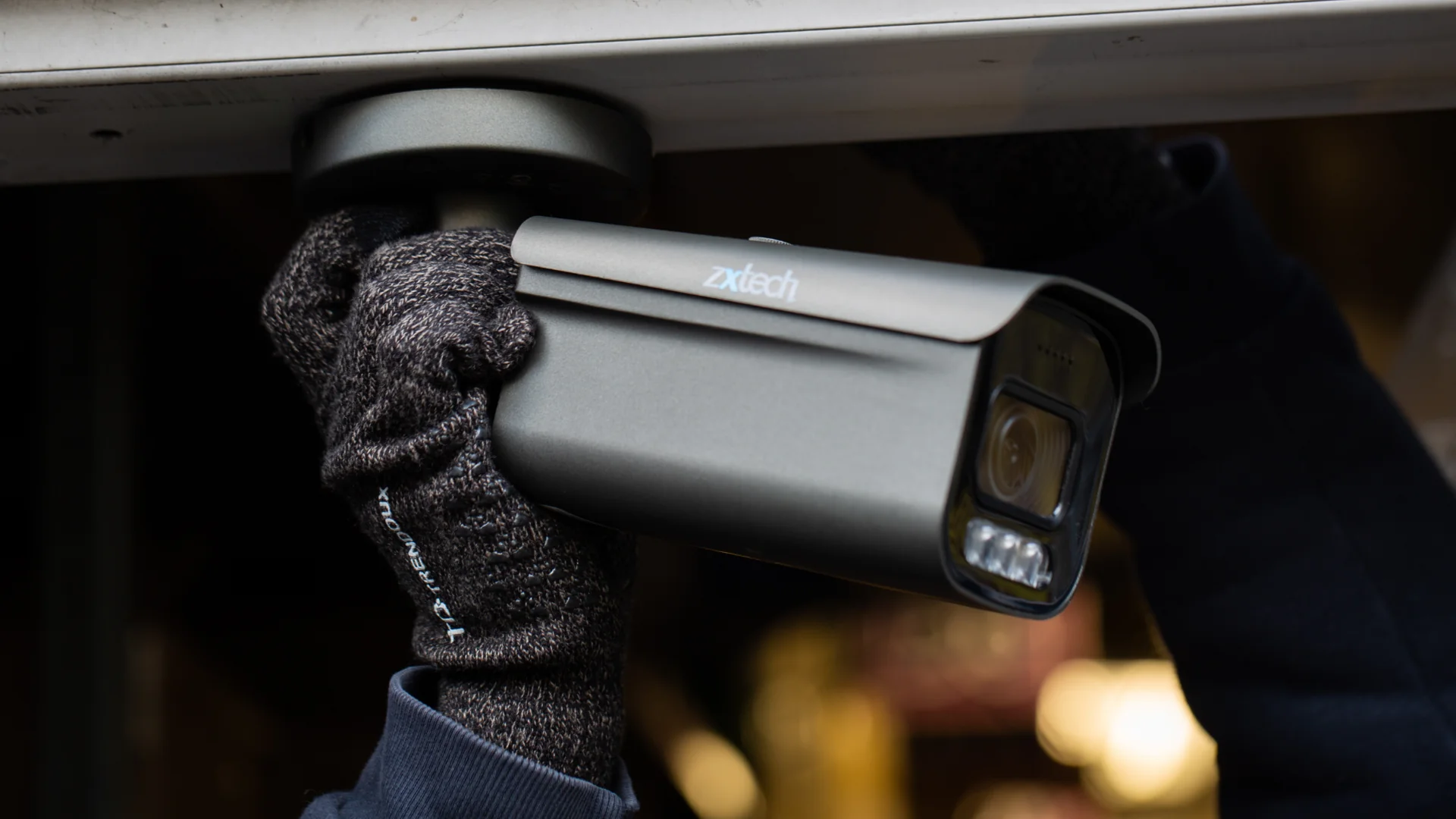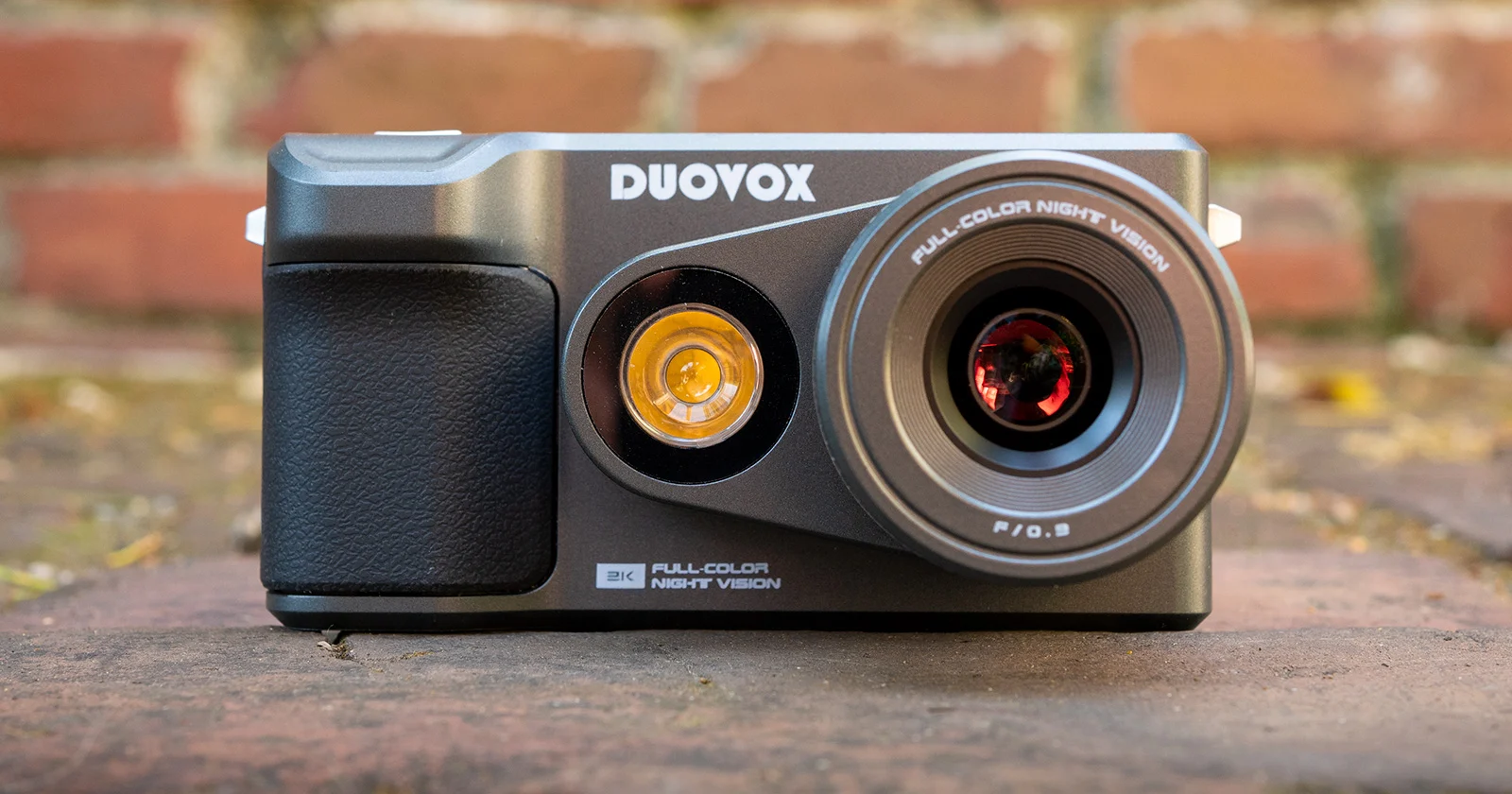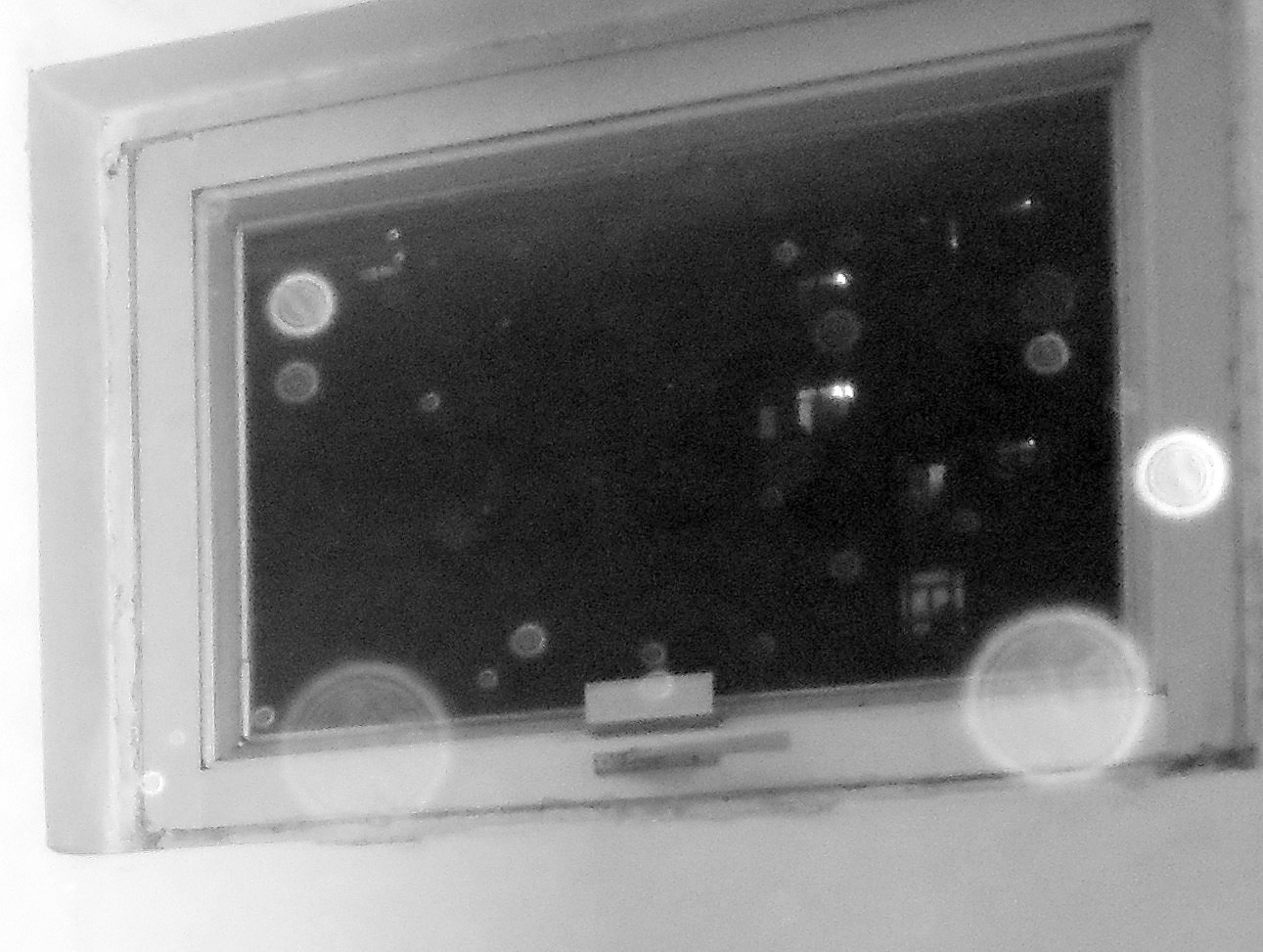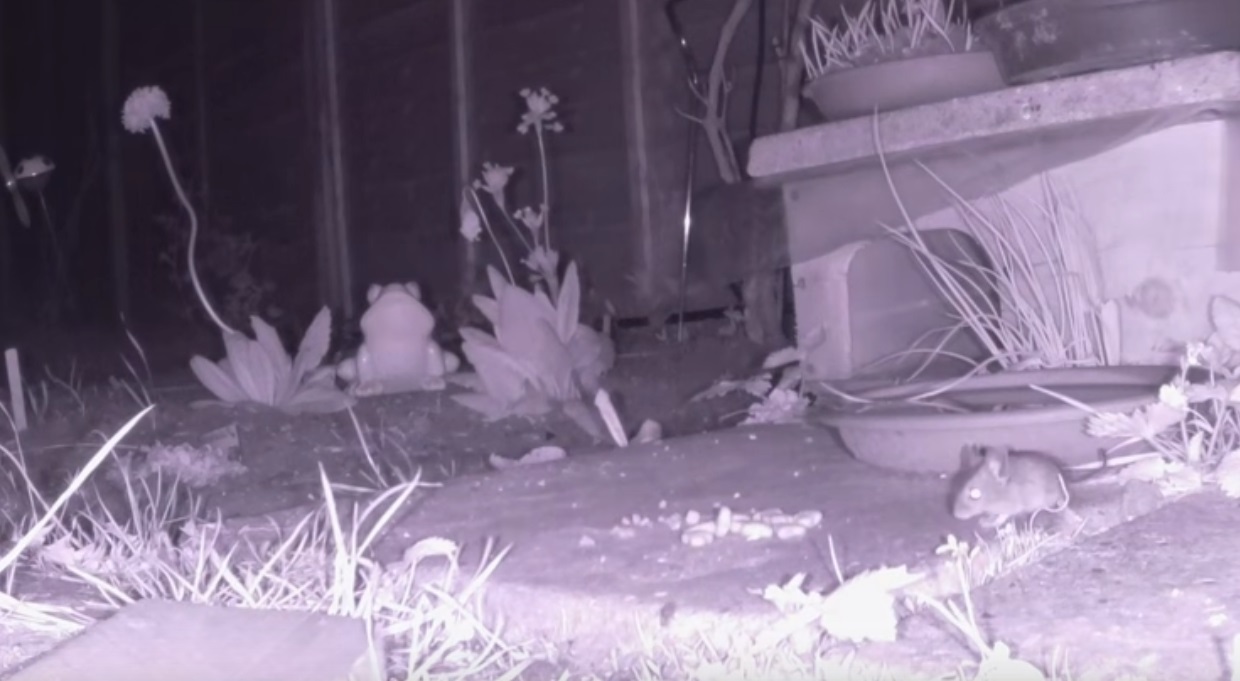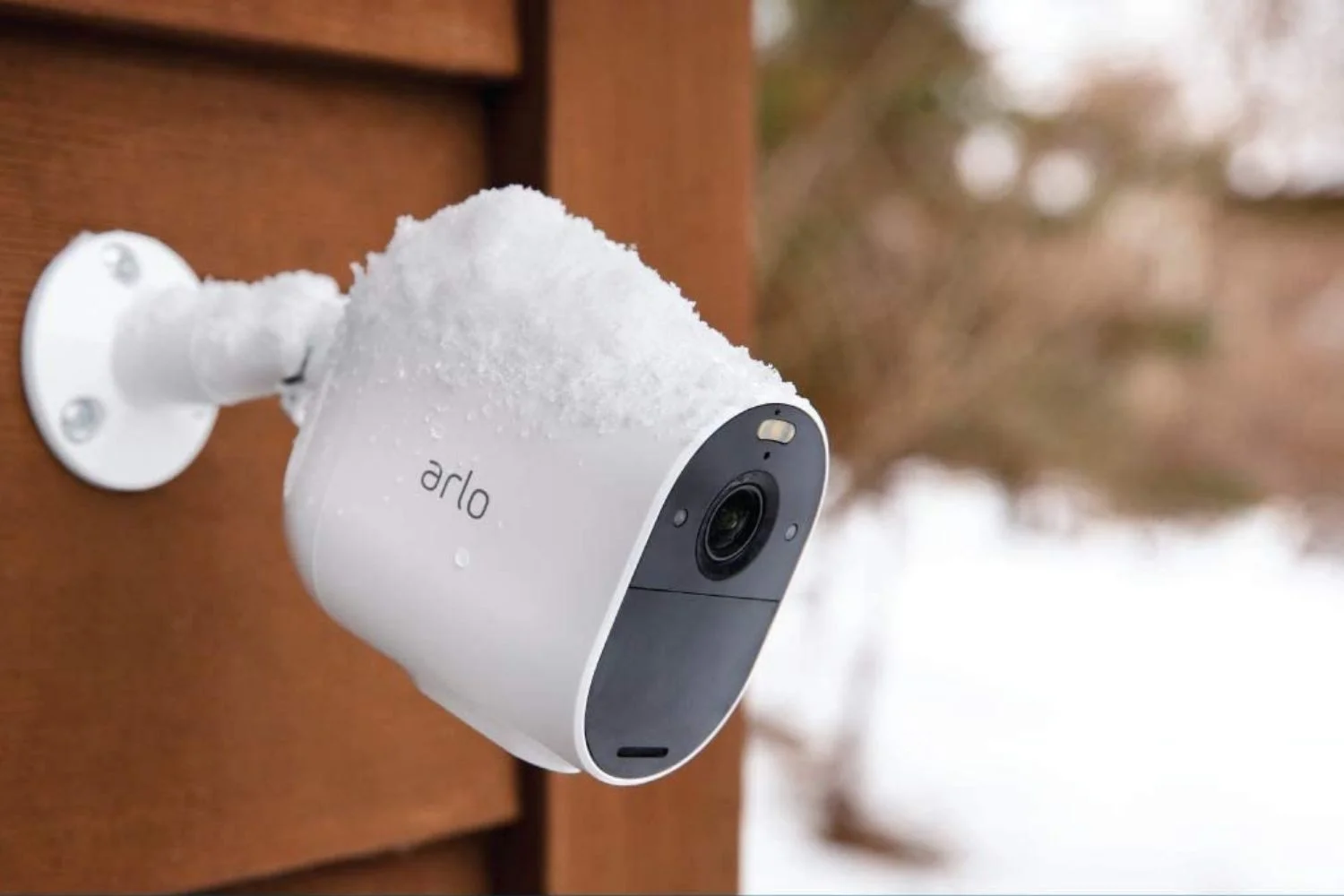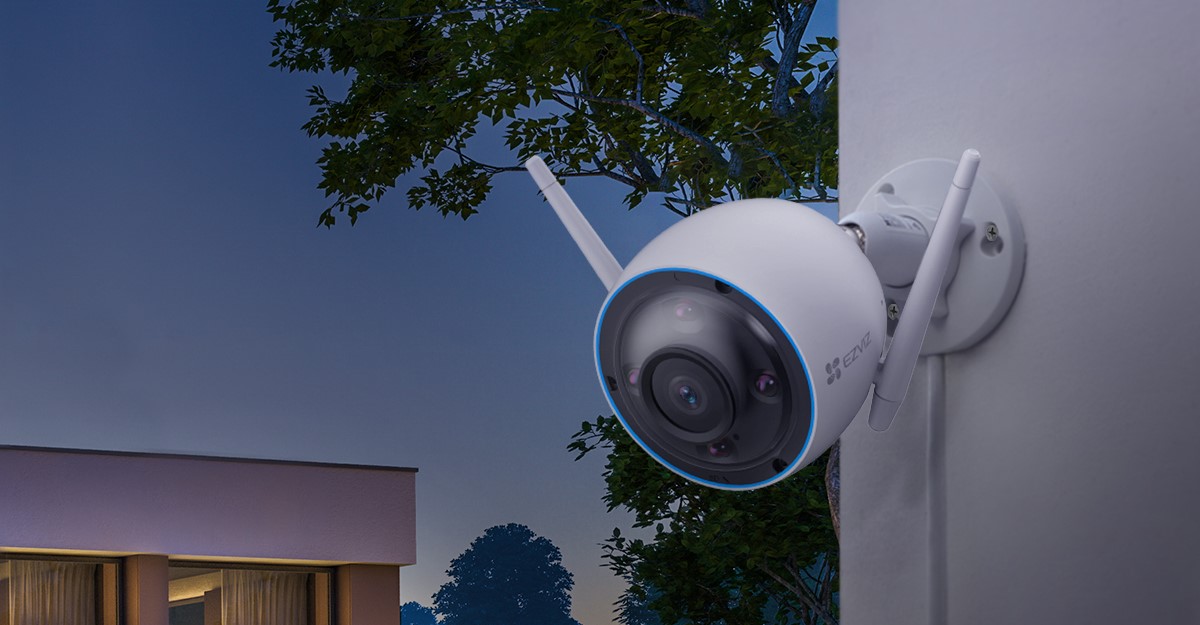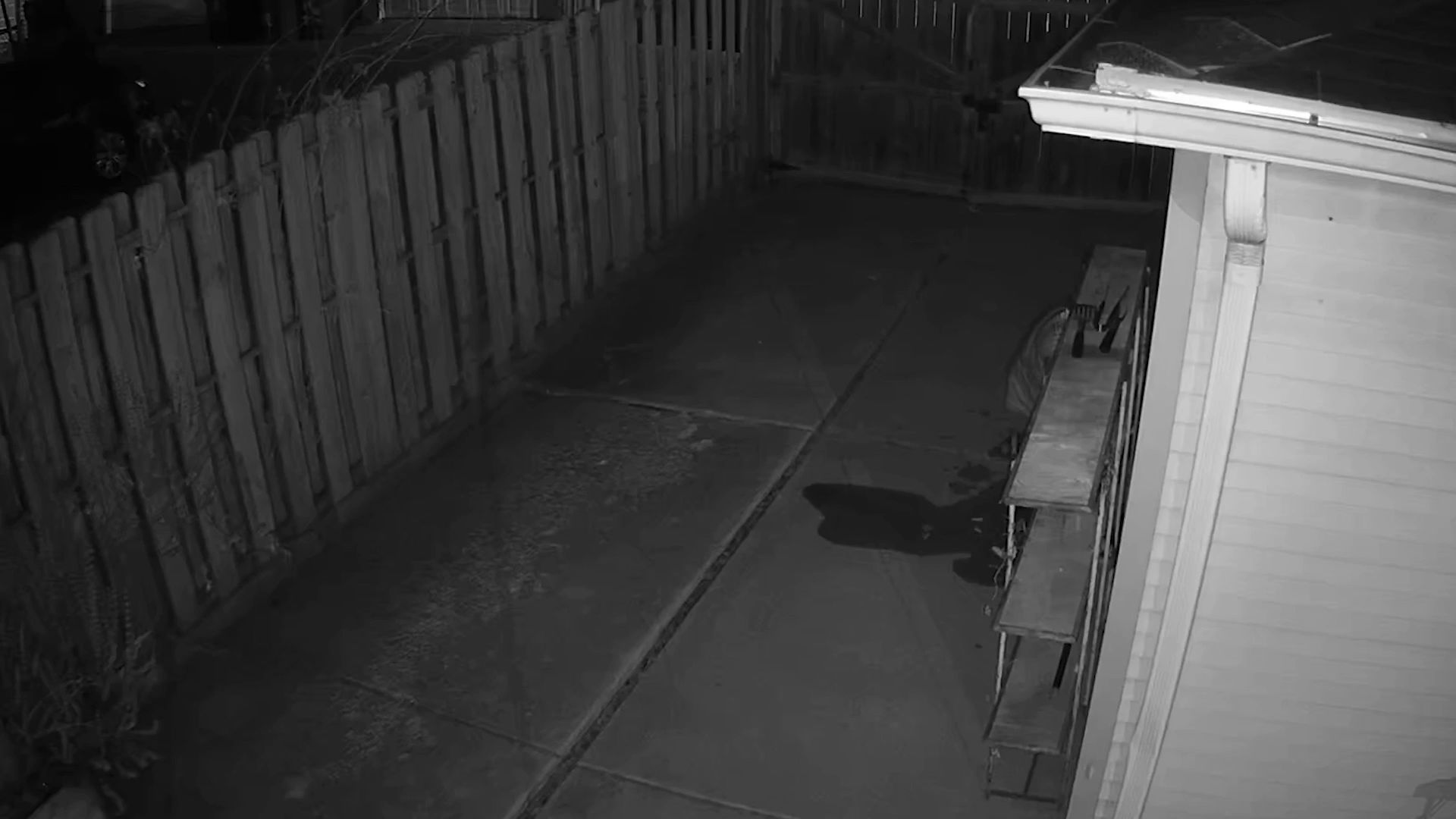Home>Home Security and Surveillance>Why Did My Night Vision Camera Get Damaged


Home Security and Surveillance
Why Did My Night Vision Camera Get Damaged
Modified: March 6, 2024
Discover the reasons why your home security and surveillance night vision camera may have been damaged. Learn how to prevent future issues and protect your property.
(Many of the links in this article redirect to a specific reviewed product. Your purchase of these products through affiliate links helps to generate commission for Storables.com, at no extra cost. Learn more)
Introduction
Welcome to our comprehensive guide on night vision cameras! In an age where security and surveillance have become paramount, night vision cameras play a crucial role in keeping our homes and businesses safe. These powerful devices allow us to monitor our surroundings, even in low-light or complete darkness.
However, much like any electronic equipment, night vision cameras are susceptible to damage and faults. Whether it’s due to environmental factors, improper handling, or neglecting regular maintenance, it’s essential to understand the common causes of night vision camera damage to ensure their longevity and optimal performance.
In this article, we will explore the basics of night vision cameras, the common causes of damage, and the preventive measures you can take to avoid such issues. We will also provide troubleshooting tips for common night vision camera problems. So, let’s dive in and equip ourselves with the knowledge needed to protect our valuable security investments.
Key Takeaways:
- Protect your night vision camera from water, physical impact, power surges, extreme temperatures, and improper cleaning to ensure its longevity and optimal performance.
- Be mindful of environmental factors like extreme weather, dust, UV exposure, high humidity, and vandalism that can damage your night vision camera, and take preventive measures to safeguard it.
Understanding the Basics of Night Vision Cameras
Night vision cameras, also known as infrared cameras, are specialized devices that utilize infrared technology to capture and record images in low-light or dark environments. Unlike traditional cameras that rely on visible light, night vision cameras can detect and capture infrared radiation emitted by objects.
These cameras work by using an infrared light source, typically built-in or external infrared LEDs, to illuminate the scene. The camera’s image sensor then captures the reflected infrared light and converts it into a visible image for viewing or recording.
There are two primary types of night vision technology: active and passive. Active night vision uses an infrared light source to illuminate the scene, while passive night vision relies on ambient infrared radiation present in the environment.
One of the essential components of a night vision camera is the infrared cut filter, also known as an IR filter. This filter sits in front of the camera’s image sensor and helps block visible light during low-light conditions, allowing only infrared light to pass through. This filter is automatically removed when the camera switches to night vision mode.
Another crucial feature of night vision cameras is their ability to switch between color and black and white modes. During the day or under well-lit conditions, the camera captures images in full color. However, when the light levels decrease, the camera automatically switches to black and white mode, utilizing the camera’s enhanced sensitivity to infrared light.
Modern night vision cameras also offer various features to enhance their functionality and performance. Some cameras have built-in motion detection capabilities, sending alerts or triggering recordings when movement is detected. Others may have pan, tilt, and zoom functionalities for more extensive surveillance coverage.
It’s important to note that not all night vision cameras are created equal. Different models may have varying distances and levels of clarity in their night vision capabilities. Understanding the specifications and limitations of your specific camera model is crucial for proper usage and maintenance.
Now that we have a basic understanding of how night vision cameras function, let’s explore the common causes of damage and how to avoid them in the next section.
Common Causes of Night Vision Camera Damage
While night vision cameras are designed to withstand various environmental conditions, they can still be subjected to damage if not properly handled or maintained. Understanding the common causes of night vision camera damage can help you take the necessary precautions to protect your investment. Here are some common culprits:
- Water and Moisture: Exposure to water and moisture is one of the leading causes of night vision camera damage. Whether it’s heavy rain, humidity, or accidental spills, water can seep into sensitive components of the camera, leading to malfunctions or corrosion. Ensure that your night vision camera is properly waterproofed and avoid exposing it to water whenever possible.
- Physical Impact: Night vision cameras can be delicate and susceptible to damage from physical impact. Dropping the camera, mishandling, or subjecting it to sudden jolts can result in internal component damage, lens misalignment, or even cracked casings. Always handle your night vision camera with care and consider using protective casing or mounts to minimize the risk of physical damage.
- Power Surges and Electrical Issues: Power surges, voltage fluctuations, or electrical issues can cause irreversible damage to your night vision camera. Ensure that your camera is properly connected to a surge protector or a UPS (uninterruptible power supply) to protect it from potential power-related problems. Avoid using incompatible or low-quality power adapters that may damage the camera’s internal circuits.
- Excessive Heat and Cold: Extreme temperatures can wreak havoc on night vision cameras. Exposure to excessive heat or cold can cause internal component damage, affect battery performance, or even cause the camera lens to fog up. Avoid placing your night vision camera in direct sunlight or in areas with extreme temperature fluctuations.
- Improper Cleaning: Cleaning your night vision camera is essential but must be done with caution. Using abrasive materials or harsh chemicals can damage the camera’s lens coating, resulting in blurry or distorted images. Use a soft, lint-free cloth and lens cleaning solutions specifically designed for camera lenses. Avoid touching the lens directly with your fingers to prevent smudges.
By being aware of these common causes of night vision camera damage, you can take proactive measures to prevent potential issues. In the next section, we will discuss environmental factors that can damage night vision cameras and how to mitigate those risks.
Environmental Factors that Can Damage Night Vision Cameras
In addition to the common causes mentioned earlier, various environmental factors can pose a threat to the performance and longevity of your night vision camera. Being aware of these factors can help you take the necessary precautions to protect your camera. Let’s explore some of these environmental factors:
- Extreme Weather Conditions: Night vision cameras are designed to withstand various weather conditions, but extreme weather can still be detrimental. Exposure to heavy rain, high winds, or extreme temperatures can lead to water damage, physical damage, or malfunctioning components. Consider installing weatherproof enclosures or covers to shield your camera from harsh weather elements.
- Dust, Dirt, and Debris: Dust, dirt, and debris can accumulate on the lenses and other parts of your night vision camera over time, affecting image quality and causing performance issues. Regularly clean your camera’s lens and housing using soft brushes or compressed air to remove any build-up. Additionally, consider installing a protective casing to minimize the accumulation of dust and debris.
- UV Exposure: Prolonged exposure to direct sunlight and UV radiation can damage the camera’s lens and housing. UV rays can cause discoloration, degradation of materials, and deterioration of image quality over time. Position your night vision camera in a shaded area or use lens filters specifically designed to reduce UV exposure.
- High Humidity: High humidity levels can pose a risk to your night vision camera, especially if it lacks proper waterproofing. Moisture can damage internal components, leading to malfunctions or corrosion. Consider using a dehumidifier in areas with high humidity to reduce the risk of damage, or ensure that your camera is adequately sealed to prevent moisture penetration.
- Vandalism and Tampering: Night vision cameras are often installed in vulnerable areas, making them potential targets for vandalism or tampering. Acts of vandalism can result in physical damage to the camera, rendering it ineffective. Consider installing the camera in secure locations or using protective camera housings to deter potential vandalism.
Understanding these environmental factors and their potential impact on your night vision camera is crucial for its long-term functioning. In the next section, we will discuss common mistakes to avoid to prevent night vision camera damage and ensure optimal performance.
To prevent damage to your night vision camera, avoid exposing it to extreme temperatures, moisture, and direct sunlight. Store it in a protective case when not in use.
Mistakes to Avoid to Prevent Night Vision Camera Damage
Preventing night vision camera damage requires vigilance and proper handling. By avoiding certain common mistakes, you can significantly increase the lifespan of your camera and maintain its optimal performance. Let’s take a look at some key mistakes to avoid:
- Neglecting Regular Maintenance: Regular maintenance is essential for the longevity of your night vision camera. Neglecting to clean the lens, check for loose connections, or update firmware can lead to performance issues or potential damage. Create a maintenance schedule and follow it diligently to ensure that your camera is always in top working condition.
- Using Incorrect Power Sources: It’s crucial to use the correct power sources and adapters for your night vision camera. Using incompatible or high-voltage power sources can cause damage to the camera’s internal circuits. Always refer to the manufacturer’s guidelines and use approved power sources to avoid potential electrical damage.
- Overlooking Firmware Updates: Firmware updates are often released to address security vulnerabilities, improve performance, and fix bugs. Failing to regularly update your camera’s firmware can leave it vulnerable to threats and limit its functionality. Stay informed about the latest firmware releases and apply updates as recommended by the manufacturer.
- Improper Installation: Incorrect installation can lead to issues such as misalignment, poor image quality, or physical damage. Follow the manufacturer’s installation instructions carefully or consider hiring a professional to ensure the camera is mounted securely and positioned correctly for optimal performance.
- Ignoring Warning Signs: Pay attention to any warning signs or abnormal behavior displayed by your night vision camera. Strange noises, flickering images, or error messages should not be ignored. Address these issues promptly to prevent further damage or expensive repairs.
- Disregarding Security Measures: Night vision cameras are an integral part of your security system, so it’s important to protect them from unauthorized access. Set strong passwords, change default usernames, and enable encryption features to prevent hacking attempts. Regularly update your security measures and ensure your camera is connected to a secure network.
By avoiding these common mistakes, you can significantly minimize the risk of night vision camera damage and ensure that your camera continues to deliver reliable performance. In the next section, we will discuss how to maintain and protect your night vision camera for long-term use.
Read more: How To Get Night Vision Camera On IPhone
How to Maintain and Protect Your Night Vision Camera
Maintaining and protecting your night vision camera is vital to ensure its longevity and optimal performance. By following these tips, you can effectively preserve your camera and minimize the risk of damage:
- Regular Cleaning: Clean the camera’s lens and housing regularly to remove dust, dirt, and debris. Use a soft, lint-free cloth or lens cleaning solutions specifically designed for camera lenses. Avoid using abrasive materials or harsh chemicals that can damage the lens or protective coatings.
- Proper Cable Management: Ensure the camera’s cables are properly routed and secured to prevent accidental damage or disconnections. Use cable clips or cable management solutions to organize and protect the cables from wear and tear.
- Secure Mounting: Ensure your night vision camera is securely mounted to prevent accidental falls or tampering. Use high-quality camera mounts and brackets that provide stability and protection against physical impact.
- Regular Firmware Updates: Keep your night vision camera’s firmware up to date by regularly checking for updates from the manufacturer. Firmware updates often include bug fixes, performance improvements, and security enhancements.
- Protective Enclosures: Consider using protective enclosures or housing specifically designed for night vision cameras. These enclosures provide an extra layer of protection against weather elements, dust, and vandalism.
- Proper Power Management: Use the correct power adapters and sources as recommended by the manufacturer. Avoid using incompatible or high-voltage power sources that can damage the camera’s internal circuits. Consider using surge protectors or UPS (uninterruptible power supply) to protect against power surges.
- Regular Inspections: Conduct regular inspections of your night vision camera to check for any signs of wear, loose connections, or physical damage. Address any issues promptly to prevent further damage or malfunctions.
- Secure Network Connection: Ensure that your night vision camera is connected to a secure network to prevent unauthorized access. Set strong passwords, change default usernames, and enable encryption features to protect against hacking attempts.
- Professional Maintenance: If you are unsure about performing maintenance tasks or troubleshooting issues, consider seeking professional help. Professional technicians can provide expert maintenance and repair services to ensure your night vision camera remains in optimal condition.
By following these maintenance and protection tips, you can prolong the lifespan of your night vision camera and maintain its optimal performance. In the next section, we will discuss some common troubleshooting tips for common night vision camera issues.
Troubleshooting Common Night Vision Camera Issues
Even with proper maintenance and care, night vision cameras can encounter issues that require troubleshooting. Here are some common problems you may encounter and possible solutions:
- Poor Image Quality: If your night vision camera is producing blurry or distorted images, start by cleaning the lens with a soft, lint-free cloth. Ensure that there is no dirt or debris obstructing the lens. If the problem persists, check the camera’s focus settings and adjust them accordingly.
- No Night Vision Capability: If your night vision camera is not switching to night vision mode in low-light conditions, check that the infrared LEDs or the infrared illuminator is working correctly. Make sure the camera is not obstructed, and the night vision feature is enabled in the camera’s settings. If the issue persists, consider contacting technical support for further assistance.
- Interference or Flickering: If you notice interference or flickering in your camera’s feed, check for any potential sources of interference nearby, such as other electrical devices, fluorescent lights, or wireless routers. Relocating the camera or adjusting its position may help reduce the interference. You can also try changing the camera’s frequency or adjusting the camera’s settings to optimize the image quality.
- No Power or Power Failure: If your night vision camera has no power or experiences frequent power failures, check the power connections and ensure they are secure. Test the power adapter to make sure it is functioning correctly. If the power issue persists, there may be an internal problem with the camera or power supply. Consider contacting technical support for further assistance or replacing the power adapter if needed.
- Connectivity Issues: If your night vision camera is experiencing connectivity issues or is not accessible remotely, check the network connections and ensure the camera is properly connected to the network. Verify that the network settings are correctly configured and that any firewalls or security settings are not blocking the camera’s access. Rebooting the camera or router may also help resolve connectivity issues.
- Overexposure or Underexposure: If your night vision camera is consistently producing overexposed or underexposed images, check the camera’s exposure settings. Adjust the exposure settings to achieve the desired image quality. If necessary, consult the camera’s user manual or contact technical support for guidance on adjusting the exposure settings.
- Audio Issues: If your night vision camera’s audio is not working or producing poor sound quality, check the microphone settings and make sure the microphone is not obstructed. Ensure that the audio recording feature is enabled in the camera’s settings. If the problem persists, there may be an issue with the camera’s microphone or audio circuits. Contact technical support for further assistance.
If you encounter any other issues or if the troubleshooting steps mentioned above do not resolve the problem, it is recommended to contact the technical support team or seek professional assistance. Properly documenting the issue and providing detailed information will help the support team diagnose and address the problem effectively.
By following these troubleshooting tips, you can resolve many common night vision camera issues and ensure that your camera operates smoothly. In the concluding section, let’s summarize the key points discussed in this guide.
Conclusion
Night vision cameras are essential tools for home security and surveillance, allowing us to monitor our surroundings even in low-light or dark conditions. However, they are not immune to damage or issues that can affect their performance. By understanding the basics of night vision cameras and being aware of the common causes of damage, we can take proactive measures to protect and maintain these valuable devices.
We have explored the various environmental factors that can damage night vision cameras, such as extreme weather conditions, dust, humidity, and UV exposure. By taking precautions like installing protective enclosures, regular cleaning, and proper cable management, we can prevent potential damage caused by these environmental factors.
Furthermore, we discussed the mistakes to avoid, such as neglecting regular maintenance, using incorrect power sources, and disregarding firmware updates. By incorporating proper maintenance routines, ensuring correct power management, and staying updated with firmware releases, we can prolong the lifespan of our night vision cameras and avoid common pitfalls.
In the event that issues arise, we provided troubleshooting tips for common night vision camera problems, such as poor image quality, connectivity issues, or power failures. By following these tips, we can address these issues promptly and effectively, ensuring that our cameras operate at their best.
Remember, maintaining and protecting your night vision camera requires attention to detail, regular maintenance, and a cautious approach. By implementing the practices discussed in this guide, you can extend the lifespan of your night vision camera and have peace of mind knowing that you are maximizing its performance and protecting your home or business.
Always consult the manufacturer’s guidelines and seek professional assistance when needed. With proper care and maintenance, your night vision camera will continue to serve as a reliable guardian, enhancing the security and surveillance of your property for years to come.
Frequently Asked Questions about Why Did My Night Vision Camera Get Damaged
Was this page helpful?
At Storables.com, we guarantee accurate and reliable information. Our content, validated by Expert Board Contributors, is crafted following stringent Editorial Policies. We're committed to providing you with well-researched, expert-backed insights for all your informational needs.
